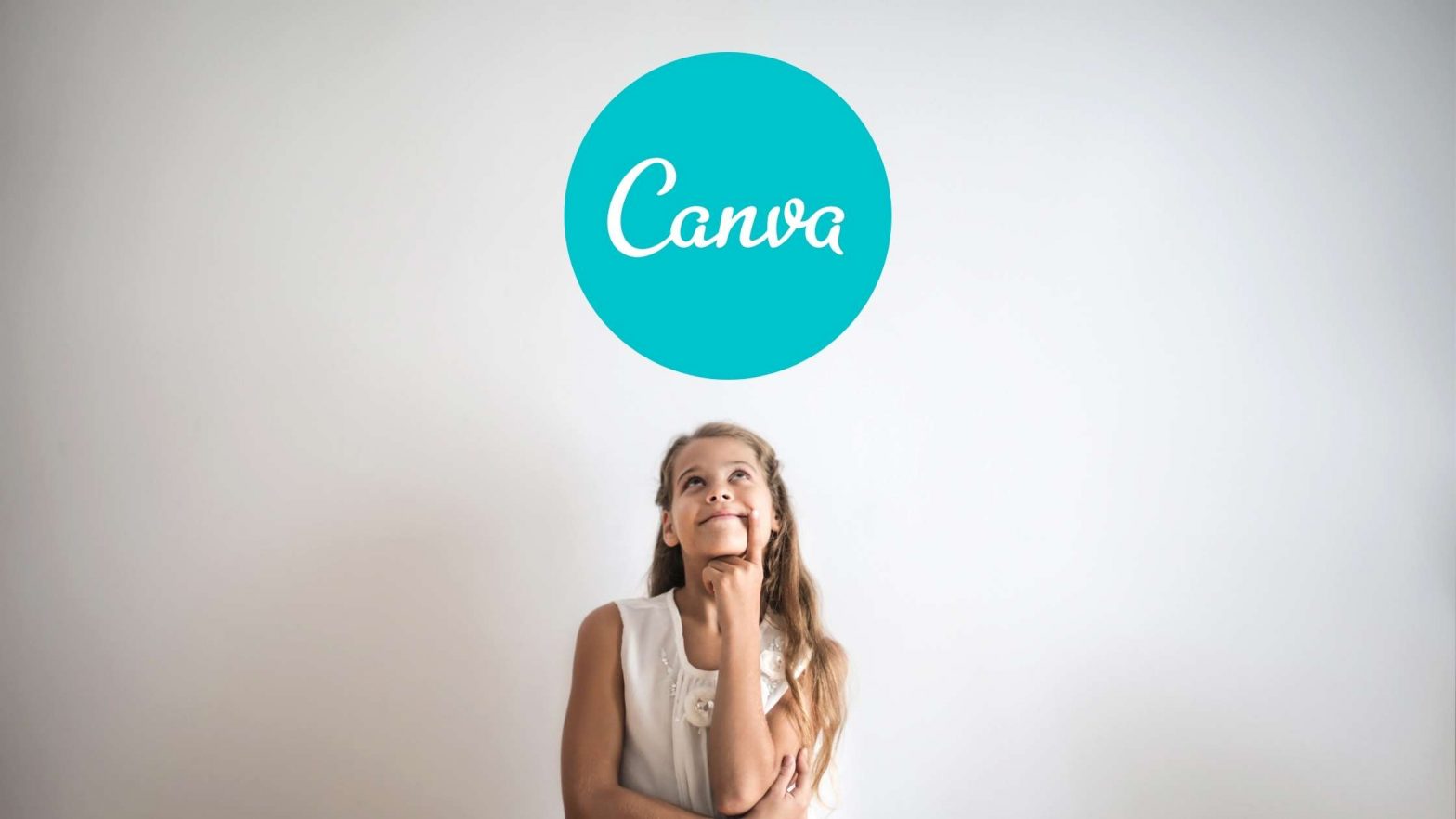There are so many reasons why Canva is the most popular do-it-yourself graphics tool for non-designers out there. And one of them is that anyone can get started using it right now, for free.
Canva is not only feature-rich and easy to use, but also gives you access to a massive library of stock media and highly customizable templates for all your design needs.
Seriously, even professional designers use Canva nowadays—though not in the way you might imagine. Instead of using the tool for their designs, they’ve started to create templates for others to use.
If you’re new to Canva and you want to give it a spin, you’re probably wondering, “Is Canva free to use?” As someone who used Canva for free for years, then upgraded to its Canva Pro plan a couple of years ago—and never looked back—I’m going to tell you everything you need to know on the topic.
Canva has a free plan, which you can keep using forever, and a paid plan, which you can upgrade to at any time for $12.99/month billed monthly or $119.99/year billed yearly (there’s a 30-day trial).
The free plan gives you access to most of Canva’s features, including its library of 250,000+ templates, logos, fonts, photos, and graphics. You can export static designs as PNG, JPG, and PDF files, and your animated designs as GIFs or MP4s.
The paid plan, called Canva Pro, unlocks features that you don’t have access to as a free user, such as the one-click background remover and the magic resizer tool, both of which come in handy for your content creation work.
Perhaps the biggest difference between Canva’s free and paid plans is that, as a subscriber of Canva Pro, you get access to its gigantic library of premium (and I mean premium) stock photos, vectors, and videos at no additional cost to you. Free users can also browse the library but pay $1/photo or video for a one-use license to remove the watermarks.
You can also use Canva images on your blog. However, you can only export them in a resolution of up to 800×600 pixels or 600×800 pixels if you leave them unaltered instead of using them to create a unique design—so keep that in mind.
Another important difference between Canva’s free and paid plans is that Free users get 5 gigabytes of storage and can organize their designs in 2 folders. In contrast, Pro users get 100 gigabytes of storage and can create unlimited folders to sort designs in.
Wondering whether or not Canva Pro is worth the money? I recently wrote an entire post on the topic titled, “Is Canva Pro Worth Paying For?”, and I encourage you to check it out.
Do You Need to Pay for Canva?
Now that you know about the differences between Canva’s free and paid plans, you’re probably asking yourself, “But do I really need to pay for Canva Pro?”
The short answer is, “it depends.”
For starters, you can always sign up for Canva Free, try out the tool, then upgrade to Canva Pro only if and when you start to need it.
Generally, you can make images for your blog, email newsletter, and social media presence with Canva Free, as long as you’re fine with using free stock photos from the likes of Pexels and Pixabay (both of which Canva acquired).
Consider upgrading to Canva’s paid plan when you start to pay for premium stock photos or videos often or when you start to need one of its advanced features, such as the one-click magic resizer or the one-click background remover.
Essentially, that’s when Canva Pro starts to save you time and money.

